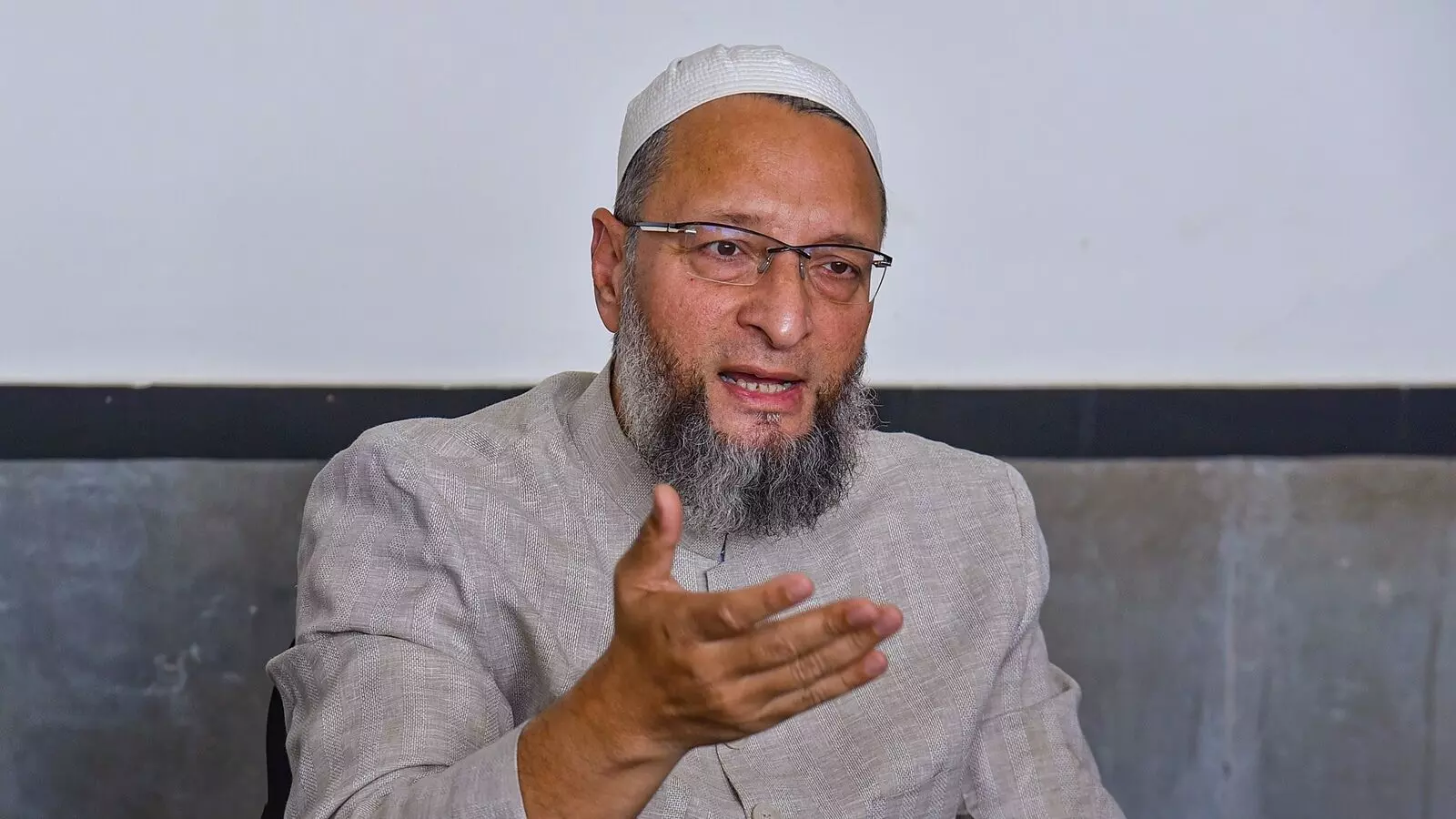Hughes India to deliver internet to 5,000 remote villages using ISRO satellites
Tue 13 Oct 2020, 14:24:20

Hughes India, a subsidiary of Hughes Network Systems, will provide internet services to 5,000 remote villages in Eastern Ladakh, Arunachal Pradesh, Mizoram, Tripura and Manipur using ISRO’s communications satellites, GSAT-19 and GSAT-11, it said Tuesday.
Hughes India was awarded the contract by Bharat Broadband Nigam Ltd (BBNL), a special purpose vehicle created to implement government of India’s BharatNet project, which strives to bring internet connectivity at speeds of 2 to 20Mbps to 2.5 lakh gram panchayats across India.
“BharatNet network being created by BBNL is to provide affordable high-speed broadband access to rural citizens and institutions of all the gram panchayats of the country. We are very happy to be partnering with TCIL and Hughes to leverage satellite broadband to connect gram panchayats that are remote or located in difficult terrain," Sarvesh Singh, CMD, BBNL said in a statement.
The ISRO satellites will be using Hughes’ proprietary
Jupiter system, a VSAT (very small aperture terminal) platform designed to offer highest possible capacity and efficiency for satellite broadband implementations. It is currently being used in over 40 satellites worldwide.
Jupiter system, a VSAT (very small aperture terminal) platform designed to offer highest possible capacity and efficiency for satellite broadband implementations. It is currently being used in over 40 satellites worldwide.
In addition utilizing Jupiter framework entryways, Hughes India will likewise deal with network tasks and will introduce sun oriented fueled client terminals and hardware at each site to convey accelerates to 10 Mbps to the provincial populace.
Satellite web is at last transitioning with a few specialist co-ops in the quarrel now with a star grouping of lightweight satellites floating a lot nearer to earth in the lower circle. Elon Musk drove Space X has just dispatched more than 500 web satellites and will begin offering administrations in the US at some point in 2021.
In India, Bharti Airtel is planning to offer high speed satellite internet by 2022 using OneWeb’s LEO constellation of internet satellites and is in talks with ISRO to build cost effective access terminals.
No Comments For This Post, Be first to write a Comment.
Most viewed from National
Most viewed from World
AIMIM News
Delhi Assembly polls: Owaisi leads Padyatra in Okhla
Feb 01, 2025
We reject this Waqf Amendment Bill: Asaduddin Owaisi
Jan 30, 2025
Latest Urdu News
Most Viewed
May 26, 2020
Which team will win the ICC Men's Champions Trophy 2025 held in Pakistan/Dubai?
Latest Videos View All
Like Us
Home
About Us
Advertise With Us
All Polls
Epaper Archives
Privacy Policy
Contact Us
Download Etemaad App
© 2025 Etemaad Daily News, All Rights Reserved.

.jpg)

.jpg)
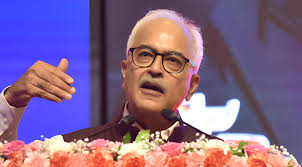

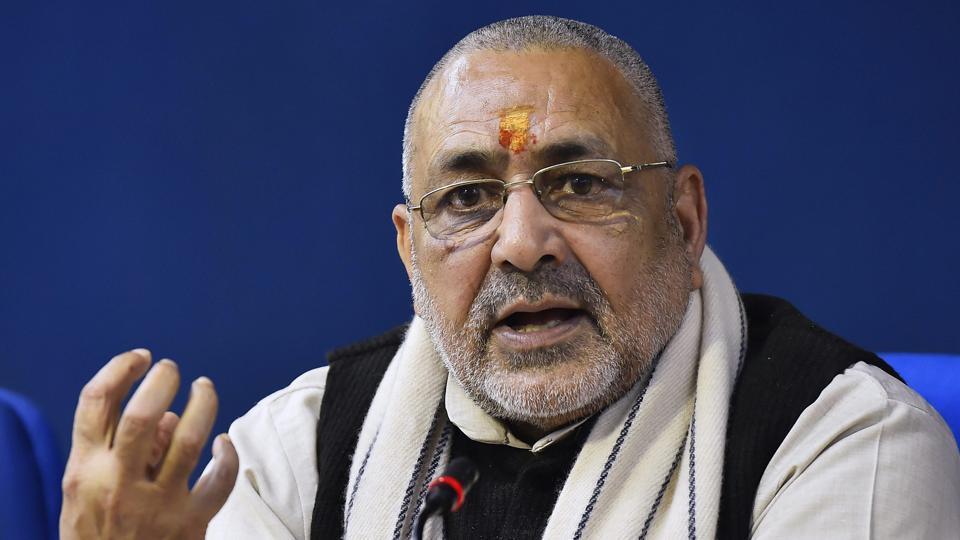
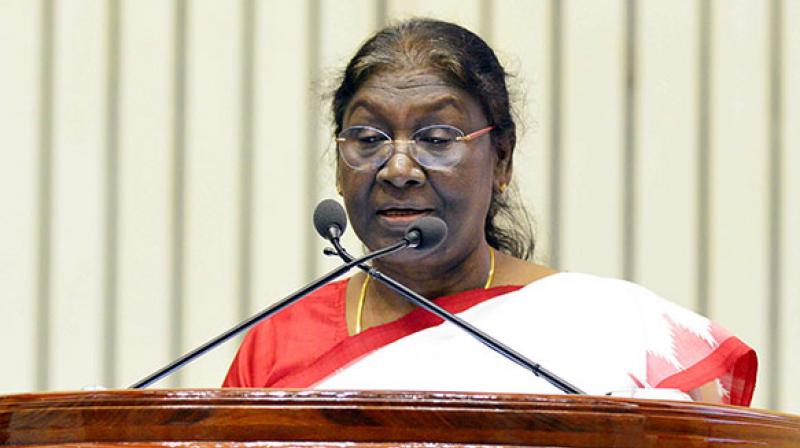
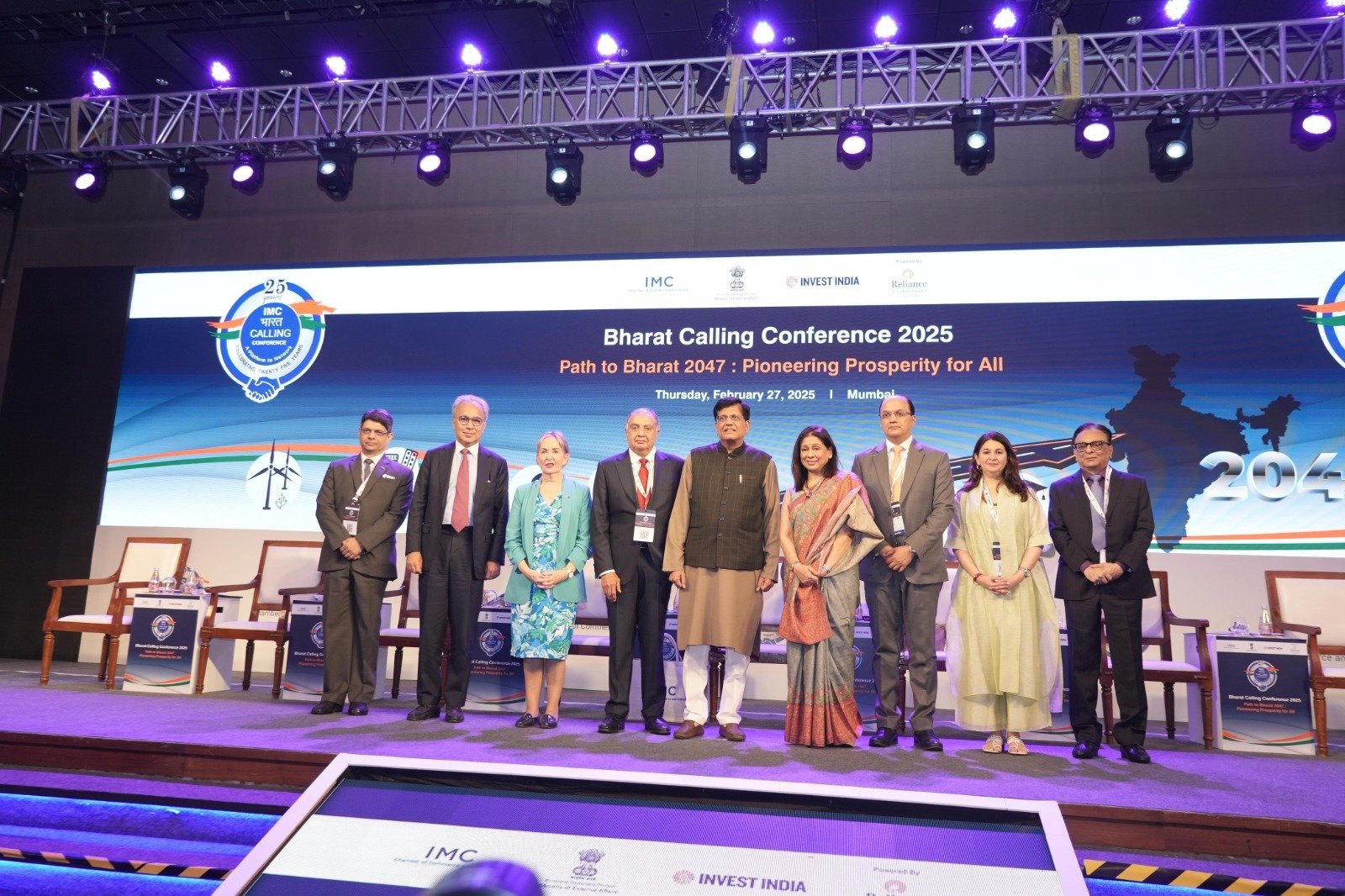
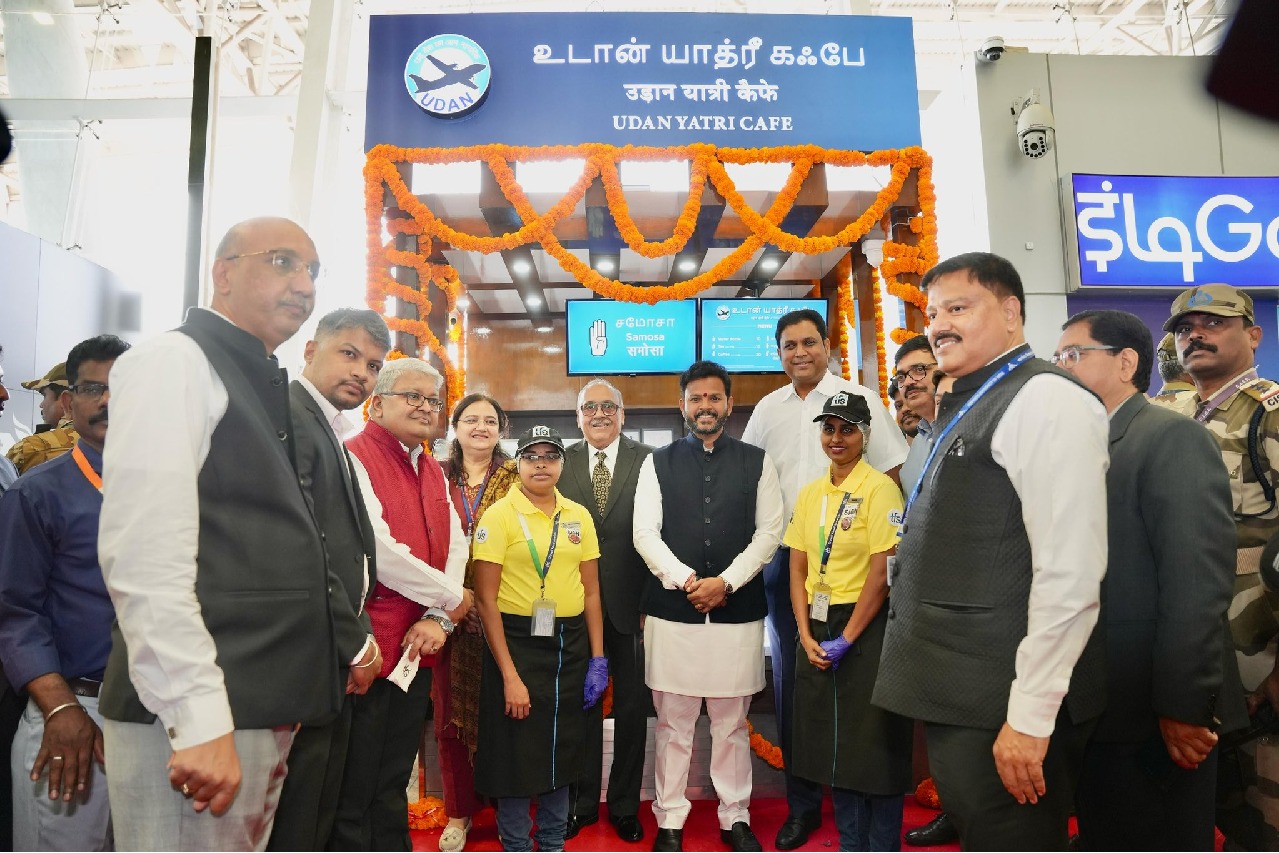
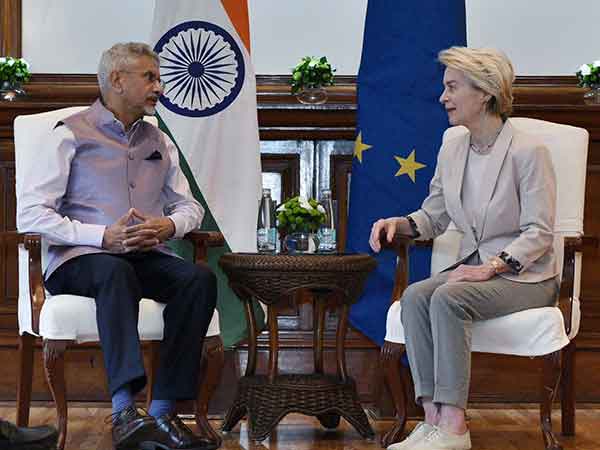
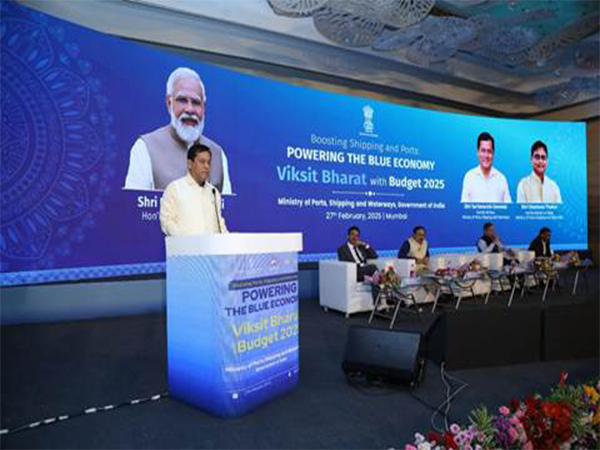
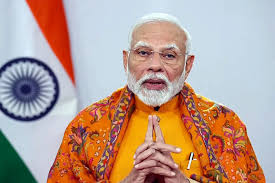
.jpg)
.jpg)
.jpg)
.jpg)
.jpg)
.jpg)
.jpg)
.jpg)
.jpg)
.jpg)
.jpg)






